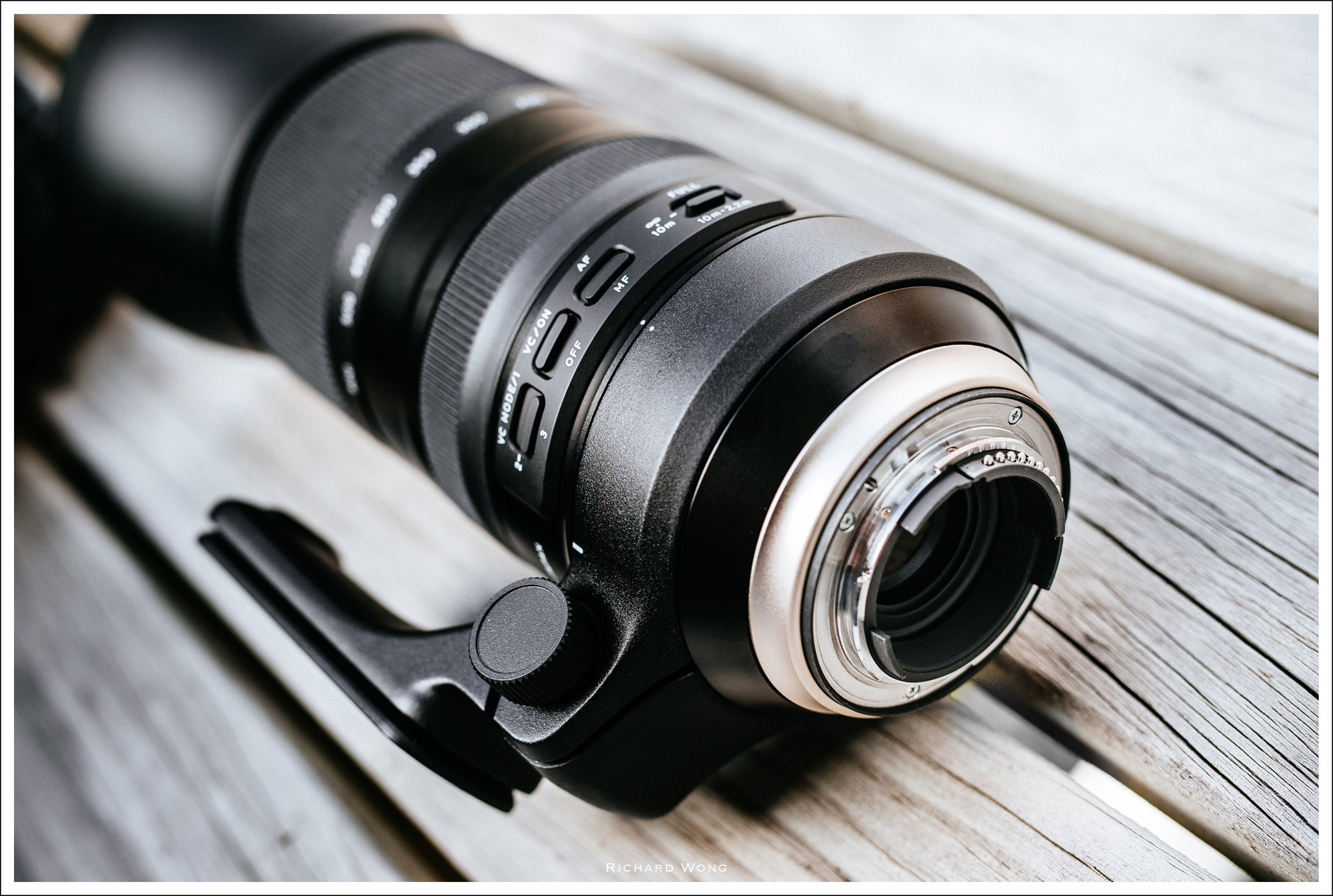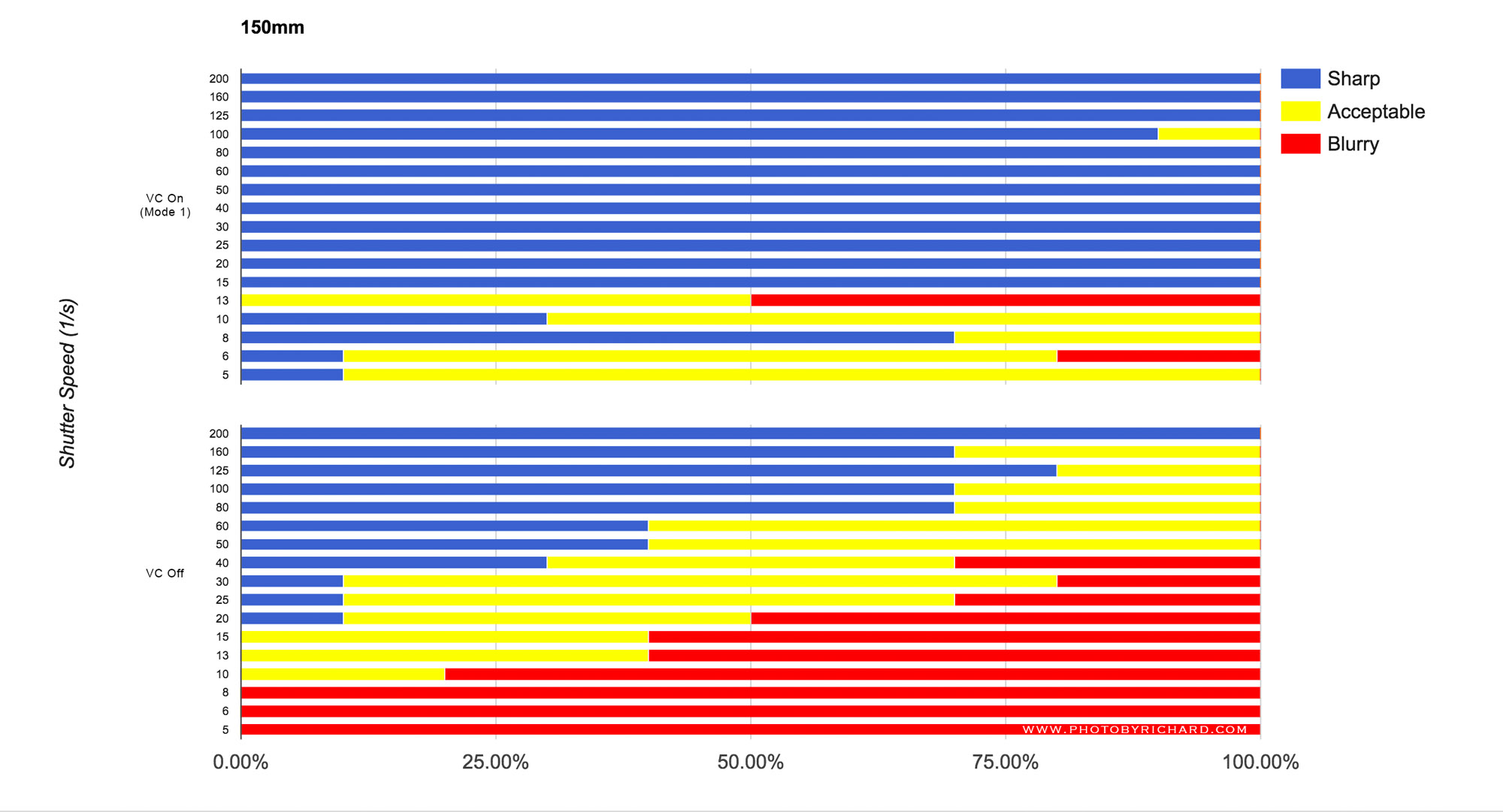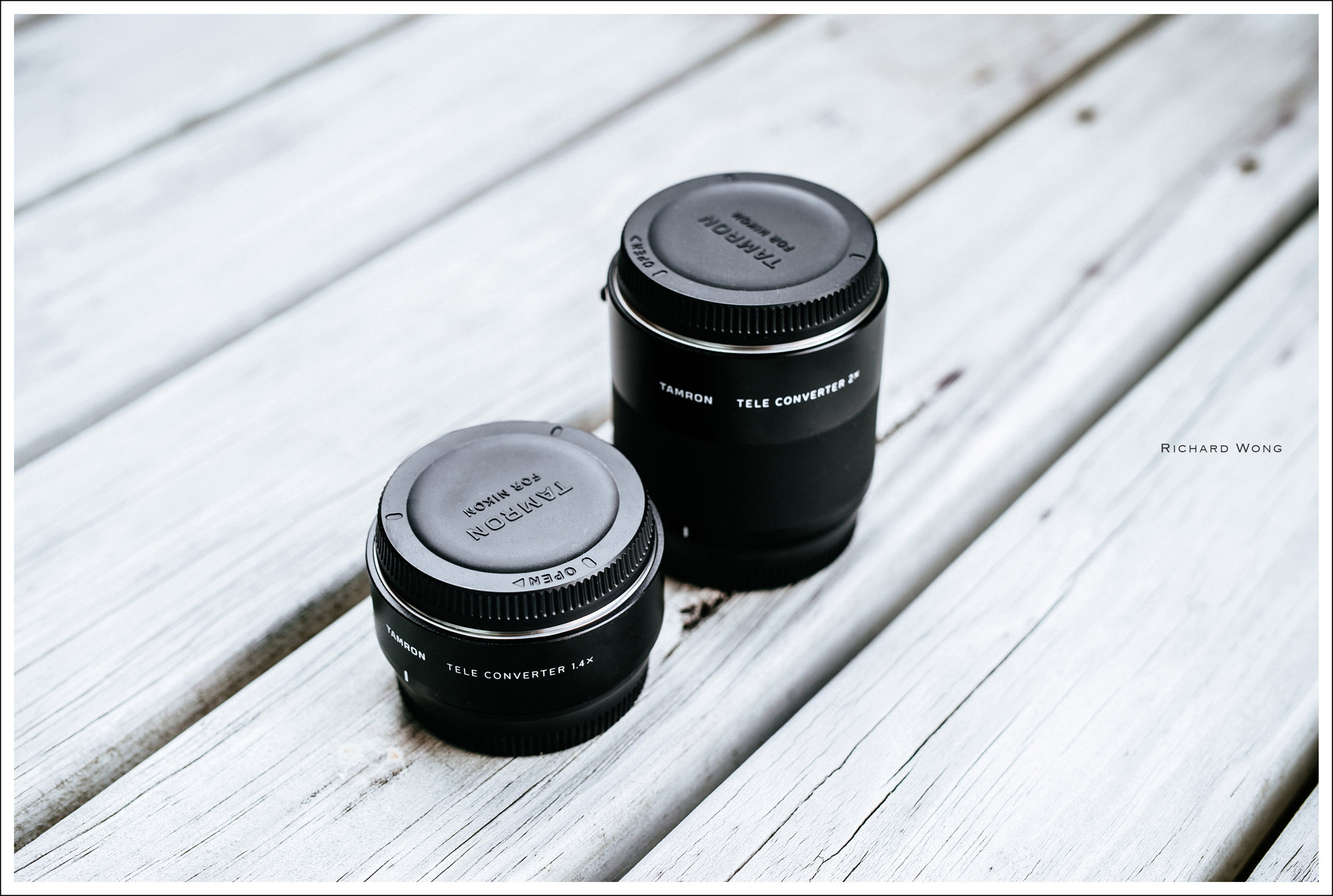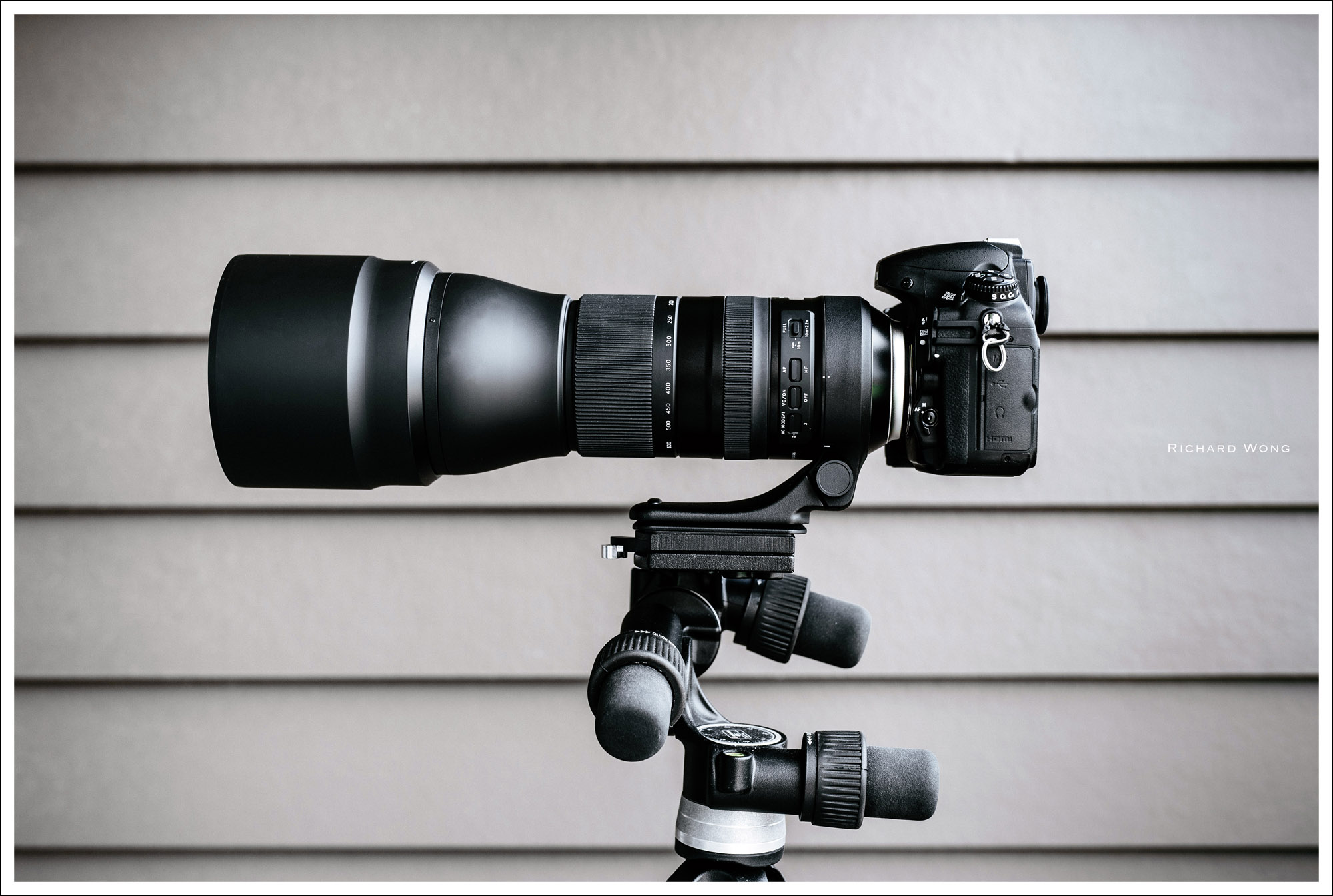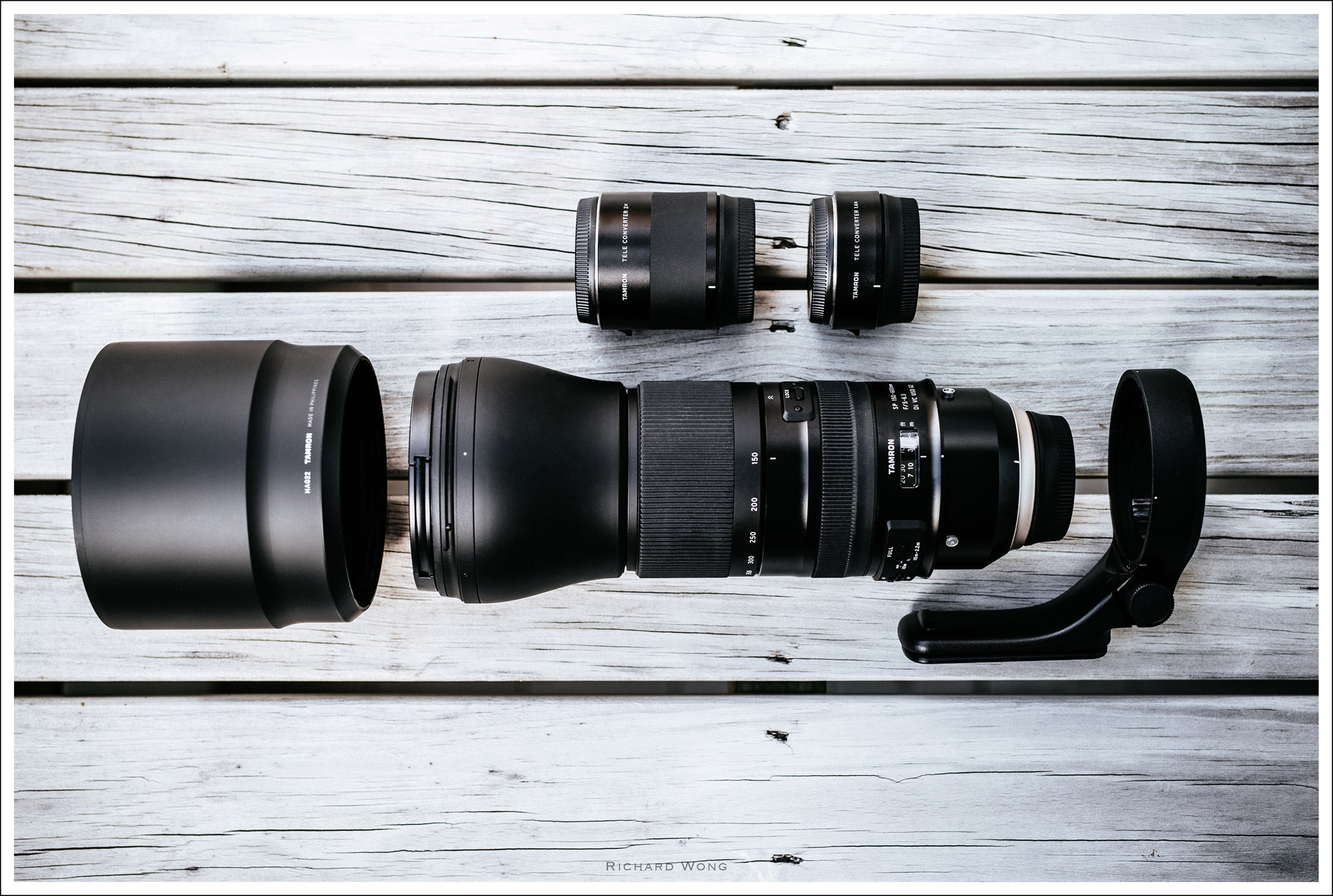 Tamron SP 150-600mm f/5-6.3 Di VC USD G2 (Model A022) with the two optional teleconverters (Left 2.0x, Right 1.4x)
Tamron SP 150-600mm f/5-6.3 Di VC USD G2 (Model A022) with the two optional teleconverters (Left 2.0x, Right 1.4x)
With Nikon and Sigma both have released their super telephoto lens recently, it’s finally Tamron’s turn and it has recently announced the Tamron SP 150-600mm f/5-6.3 Di VC USD G2 (Model A022). (G2 = Generation 2) After a bit of wait, I finally managed to get my hands on one and here is my review of this lens.
Below I start the review, I want to explain to you why you may want a super telephoto zoom lens? Basically, there are two main reasons why you want a super telephoto lens:
1. When you can’t physically reach your subject and you want a close up photo of it. Like when you want to take photos of the moon, animals far away, motorsports..etc
2. Use the super long focal length to compress the scene. The result can be some interesting photos that you normally can’t see easily with your naked eye.
For most people, you buy a super telephoto lens because of the first reason, you want to take photos of something you can’t get close easily, for example birds in the forest. But if you have never thought about the second reason, try experiment it a bit more. Personally I found landscape photos shot with super telephoto lens are quite often more interesting than the landscape photos taken with a super wide angle lens. (Sorry I was originally planning to take some landscape photo using the Tamron and include some in this review, but ran out of time in the end)
 The Force Awaken
The Force Awaken
Nikon D800 | Tamron SP 150-600 G2 @ 300mm | ISO 200 f/6.3 1/640s
Now, why super telephoto zoom? A super telephoto prime lens would most likely give you much better picture quality and is lighter (for a similar aperture/focal length). But you are really limited by a fixed focal length. Fixed focal length is not that big an issue when you are shooting portrait, or maybe landscape, when you have lot of time to move around to get the best framing. But if you are shooting bird in flight, or animals in wild life, it’s quite unlikely you’ll have time to move closer or further away once you spot a great photo opportunity. Heck even the time for the camera to autofocus is sometimes too slow and cost you to miss the shot. So with a super telephoto prime lens, your best action shot is not only limited by your subject’s movement, pose, you are also limited by a fixed virtual circle that is of a certain diameter that surrounds you. If the subject is too close, it won’t fit inside your frame. If the subject is too far, then it will appear too small in the photo. Yes, you could crop the photo but the more you crop, the more picture quality you give up. So yes super telephoto zoom lens may not give you the absolute best image quality, but it gives you a lot more flexibility when you are shooting things you can’t control and won’t wait for you.
And to show you what a 150-600mm’s view angle is like, below is a number of photos I took at different focal length. The first photo is from my smartphone’s (Nexus6P) camera. The focal length is roughly 28mm equivalent just like most smartphone’s camera. Next is 150mm, the wide end of the Tamron 150-600mm G2 lens and I pointed the camera towards the opposite side of the lake. After than is 600mm, the longest focal length of the lens.
After that there are two more photos, they were both taken at 600mm end but with different teleconverter attached (more about these teleconverters later in the review) First one is with the 1.4x teleconverter attached and therefore at 840mm, and the last is with the 2.0x teleconverter which gives me 1200mm focal length.
As you can see, a 1200mm or even just 600mm lens, the photo can show you things you can barely see in the first photo. It is really quite good for shooting animals in the wild. Now let’s get back and talk about this new Tamron lens.
First thing you’ll notice about the Tamron 150-600 G2 is that it has the new Tamron SP body design that is aesthetically pleasing. Size and weight is quite similar to it’s predecessor A011. At just under 2kg (Nikon mount, with the tripod collar), it is quite a bit lighter than the Nikon AFS 200-500 f/5.6 and Sigma 150-600 Sports but similar to the Sigma 150-600 Contemporary.
The tripod collar is made of magnesium and feels very solid. It is also Arca-Swiss compatible, great news for those of you are using Arca-Swiss quick release system gears. While it’s not exactly a light lens, shooting hand hold only is definitely possible. If that’s what you want to do, you can remove the tripod collar completely and make the lens lighter.
The Zoom ring is large and smooth. Unlike the Nikon AFS 200-500 f/5.6 which has a very stiff zoom ring, Tamron 150-600 G2’s zoom ring can be turned relatively easily and quickly.
You can also lock the zoom easily at any focal length by simply sliding the zoom ring. Tamron calls it Flex Zoom Lock and I found this design really intuitive and easy to use. It’s so much better than the Sigma 150-600 Sports which uses a separate zoom lock button. I won’t be surprised if I see other companies borrow this design in the future.
Overall, build quality is very good and soild. It’s definitely an improvement over the original Tamron 150-600 A011.
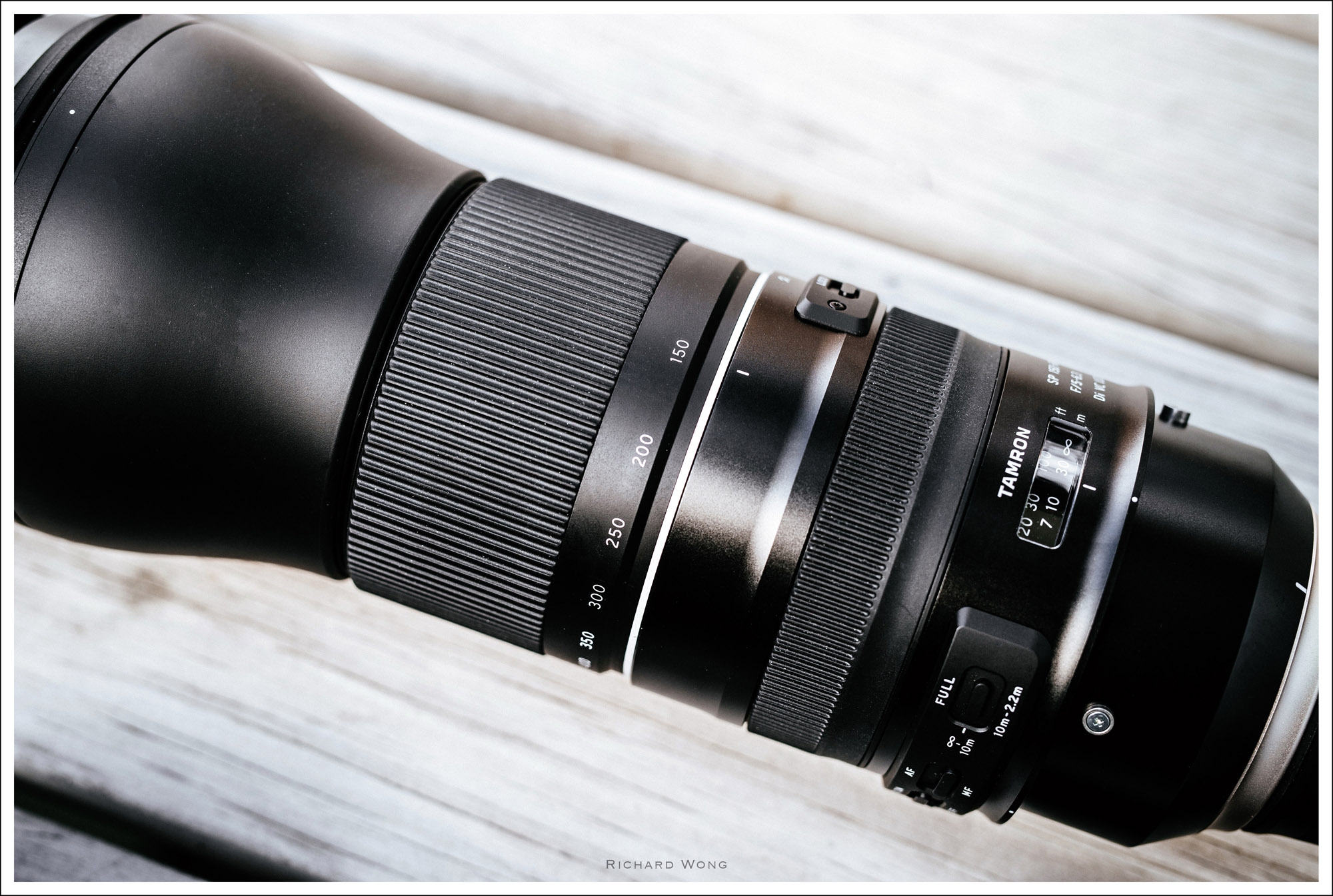 Flex Zoom Lock – To lock the zoom, just slide the zoom ring forward like the photo above.
Flex Zoom Lock – To lock the zoom, just slide the zoom ring forward like the photo above.
(see the gap below the zoom ring’s focal length markings)
Optical wise, the Tamron 150-600mm G2 lens has a new design with 21 elements in 13 groups. Being a super telephoto covers from 150mm to 600mm and with quite affordable price tag means there are a lot of technical challenges and compromises. Having said that, I’m quite pleased with the pictures quality from this lens.
Apart from the corners at 600mm which is slightly soft, sharpness is generally quite good throughout the whole focal range, even at maximum aperture.
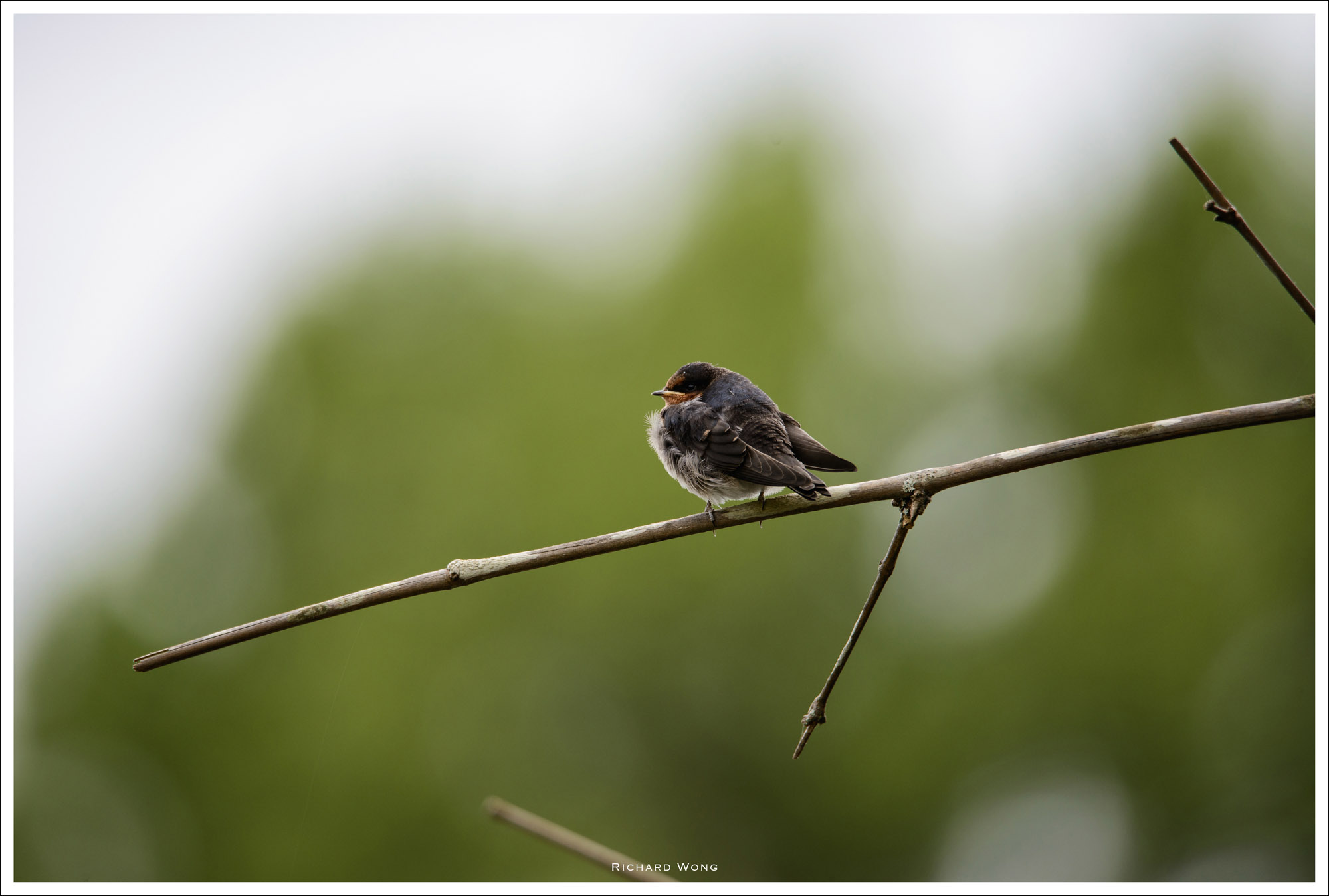 Nikon D800 | Tamron SP 150-600 G2 @ 600mm | ISO 250 f/6.3 1/320s
Nikon D800 | Tamron SP 150-600 G2 @ 600mm | ISO 250 f/6.3 1/320s
 100% Centre Crop – Centre sharpness at 600mm is very good even at wide open
100% Centre Crop – Centre sharpness at 600mm is very good even at wide open
With the three Low Dispersion lens elements, chromatic aberrations is really well controlled. A big improvement over the original Tamron 150-600 lens.
Bokeh is a bit of mixed bag. The good thing with the really long focal length is that you could quite easily melt the background completely. And most of the time, bokeh is smooth and round. But when there is a really challenging background like plant foliage under harsh light, bokeh could look a bit nervous. There is also be a little bit cat’s-eye effect near the edges but nothing too dramatic and I personally don’t mind at all.
The Tamron eBAND and BBAR coating does a pretty good job at minimising lens flare and ghosting. Only when there is a strong light source that is just outside the frame I would notice noticeable drop in contrast. Other than that, the lens is not scared of strong front light.
 With great zoom comes great lens hood. The lens hood is as big (or bigger?) than my D800
With great zoom comes great lens hood. The lens hood is as big (or bigger?) than my D800
Just like the other new Tamarin SP lenses, the Tamron 150-600mm G2 is now compatible with TAMRON TAP-in console. The optional TAP-in Console is an optional accessory that allows you to connect the lens to your computer and update your lens’s firmware as well fine tuning the autofocus or VC. While not really needed for most user as I find the new Tamron lenses are pretty accurate in autofocus in general, it is quite useful for users who want to get the best performance from their lens.
Compare to using the camera body to do autofocus fine tune adjustment, one big benefit of using the Tamron TAP-in console is that you can have different adjustment settings at three subject distance (close, mid, far) and at up to eight different focal length, instead of just one or two global adjustment for each lens.
The minimum object distance is now reduced to 2.2m (maximum magnification ratio of 1:3.9) compares to 2.7m for the old design. This is not bad at all.
Tamron claims the 150-600mm G2 has better and faster autofocus performance, thanks to the new ring-type autofocus motor. Autofocus is very quiet and autofocus speed is indeed quite fast, as long as there is enough ambient light.
The lens has a focus distance limiter switch with three settings: Full, 2.2m-10m, 10m – Infinity.
When shooting static scenes, I would just leave the setting at Full. But when I’m shooting some fast moving objects, quite often my D800 would fail to acquire the target initially and took a bit of time before the camera can finally find and lock onto the target. I’m not sure if I should blame the lens or it’s largely because of my D800’s autofocus system. I found that setting the autofocus limiter to “10m – Infinity” would dramatically decrease the initial time to acquire autofocus.
So if you are shooting fast moving objects that are far away, definitely make use of the focus limiter and set the focus limiter to “10m – Infinity” setting.
Now autofocus speed is one thing. The lens is not really useful if it’s autofocus speed is fast but the autofocus is not accurate. When shooting static object, I have no issue at all. It’s always accurate, even if I try to do things like manual focus to extreme opposite end then autofocus. The autofocus is always spot on.
When shooting action in continuous focus mode, the result is also pretty good. I don’t have 100% success rate but I didn’t get 100% success rate when I was using other super telephoto zoom lens (with my D800) either. Unfortunately I wasn’t able to do any controlled side by side comparison with another super telephoto zoom lens. But when I was reviewing the photos, I somehow feel that I could get a slightly higher success rate if I was using the Nikon AFS 200-500 f/5.6 lens instead. I’m not talking about some huge difference, maybe something like 10-15% at most. Having said that, I still got a lot of really sharp photos when I was shooting bird in flight. Small birds, large birds. And I was mostly shooting at maximum aperture or at most stop down by one stop.
 Nikon D800 | Tamron SP 150-600 G2 @ 600mm | ISO 1100 f/8 1/500s
Nikon D800 | Tamron SP 150-600 G2 @ 600mm | ISO 1100 f/8 1/500s
If you are Nikon shooters, the new Tamron 150-600 G2 now has the electromagnetic diaphragm as well. The electromagnetic diaphragm allows more precise diaphragm/aperture control especially when shooting at high burst speed. But beware that the old Nikon DSLRs, like the D2, D200,D50,D70..etc, isn’t compatible with the electromagnetic diaphragm so don’t buy this lens unless you are planning to upgrade the camera as well.
Like it’s predecessor, the Tamron 150-600 G2 also has the built-in optical image stabiliser (VC). Tamron said the performance of the VC system is improved and it’s now 4.5 stops effective. There are also three different VC modes available. Mode 1 is designed for normal handheld photography, stabilising the image on two axis (this was the only mode on the G1) and it is activated as soon as you half-press the shutter (or AF-ON) button so you have a stabilise viewfinder. Mode 2 is designed for panning with a moving subject. In mode 3, VC does not activate when the shutter release is half-pressed and therefore you don’t have a stabilised viewfinder when framing your photo. It is only activated the moment when the shutter release is fully pressed.
I’ve tested the VC system by shooting 10 photos at a range of shutter speed, with the VC turned on and then turned off, and at 150mm and 600mm. I then grouped the photos into three groups. Sharp, Acceptable (not tack sharp, there is a tiny amount of blur because of the camera shake. But the image is still very useable) and Blurry (you can easily see the image is blurry without having to zoom in to 100%). I’ve summarised the results in the two tables below.
Apart from 1/13s and 1/10s which for some strange reason most of my test images are not sharp (shutter shock?), VC mode 1 allows me to get good sharp photos down to 1/8s at 150mm. This is roughly 10-20 times slower than when VC is turned off, around 4 stops improvement.
At 600mm, with the VC turned on (Mode 1), I can hand hold the camera and shoot at down to 1/30s and still get almost 100% sharp images. If I change to VC Mode 3, the image stabiliser is even more effective as all the 150 test photos I shot from 1/800s down to 1/30s are sharp. Unfortunately I didn’t have a chance to review these test photos until after I’ve returned the lens, otherwise I would want to shoot at even slower shutter speed and see how slow I can go before the sharp photo drops below 50%. But no matter what, hand hold 600mm at 1/30s on a 36MP camera and I have 100% sharp photos is really impressive.
This is very good news as it seems Tamron has improved it’s VC system quite a bit with this latest A022 lens.
Tamron has also released a 1.4x and a 2.0x teleconverters (TC) when they released the Tamron 150-600mm G2. These weatherproof teleconverters are designed to be used with selected Tamron telephoto lens, including the Tamron 150-600mm G2.
With the 1.4x TC attached, the Tamron 150-600mm G2 becomes a 210-840mm lens with the penalty of being 1 stop slower. Image quality is slightly softer but nothing too dramatic. Autofocus is slightly slower than without the teleconverter but it still works very well, at least when there is enough light. I have no problem tracking fast moving objects during the day.
1200mm 100% Crop (full picture is the 1200mm photo in the comparison photo at the top of the review)
Nikon D800 | Tamron SP 150-600 G2 with 2.0x TC @ 1200mm | ISO1250 f/13 1/800s
It’s a bit noisy as I turned the noise reduction to minimal as I don’t want noise reduction to remove the fine details too much.
With the 2.0x TC attached, you now have a monster 300-1200mm lens. The images are noticeably softer when compared to the 1.4x TC but still very useable. Look at the 100% crop image above from the 36MP photo, it may not be the sharpest photo (and definitely not the cleanest) if you do pixel peeping, but once you zoom out a bit, the picture quality is still pretty acceptable.
With the 2.0x TC attached, maximum magnification ratio is now 1:2 which is really good for a non-macro lens. Just remember you have to shoot your “close up” photo from quite far away because of the 1200mm focal length.
The biggest downside with the 2.0x teleconverter is that the effective maximum aperture is now f/10-f/13. Because of that, the camera’s phase detection autofocus system wouldn’t be able to autofocus. Autofocus in live view would still work but unless you have mounted the camera onto a tripod and shooting a static object, it’s really hard to hold the camera steady enough even with the help of the VC (yes VC still works with the teleconverter).
Because of the autofocus limitation when the 2.0x TC is attached, and the fact that f/10-/f13 aperture means your ISO would be almost always 1000+ when shooting moving objects even on a bright day. I would recommend the 1.4x TC to most photographers. Picture quality is pretty decent and autofocus works reasonably good too. In fact, I found the 1.4x TC works so well with the Tamron 150-600 G2, I just left the TC on the camera most of the time when I was working on this review. I would recommend the 2.0x TC only if you are mostly shooting static scenes.
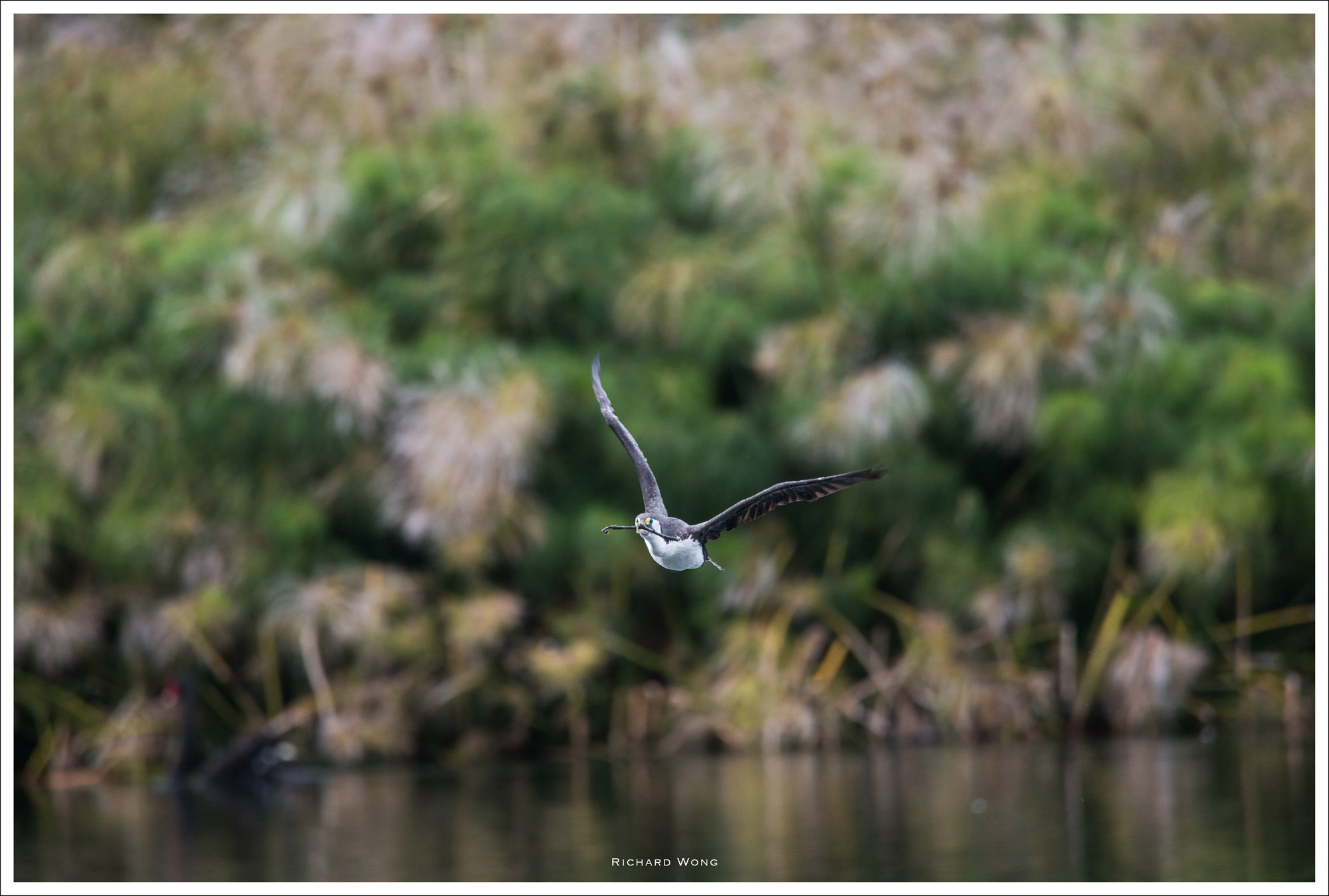 Nikon D800 | Tamron SP 150-600 G2 with 1.4x TC @ 850mm | ISO 1250 f/9 1/500s
Nikon D800 | Tamron SP 150-600 G2 with 1.4x TC @ 850mm | ISO 1250 f/9 1/500s
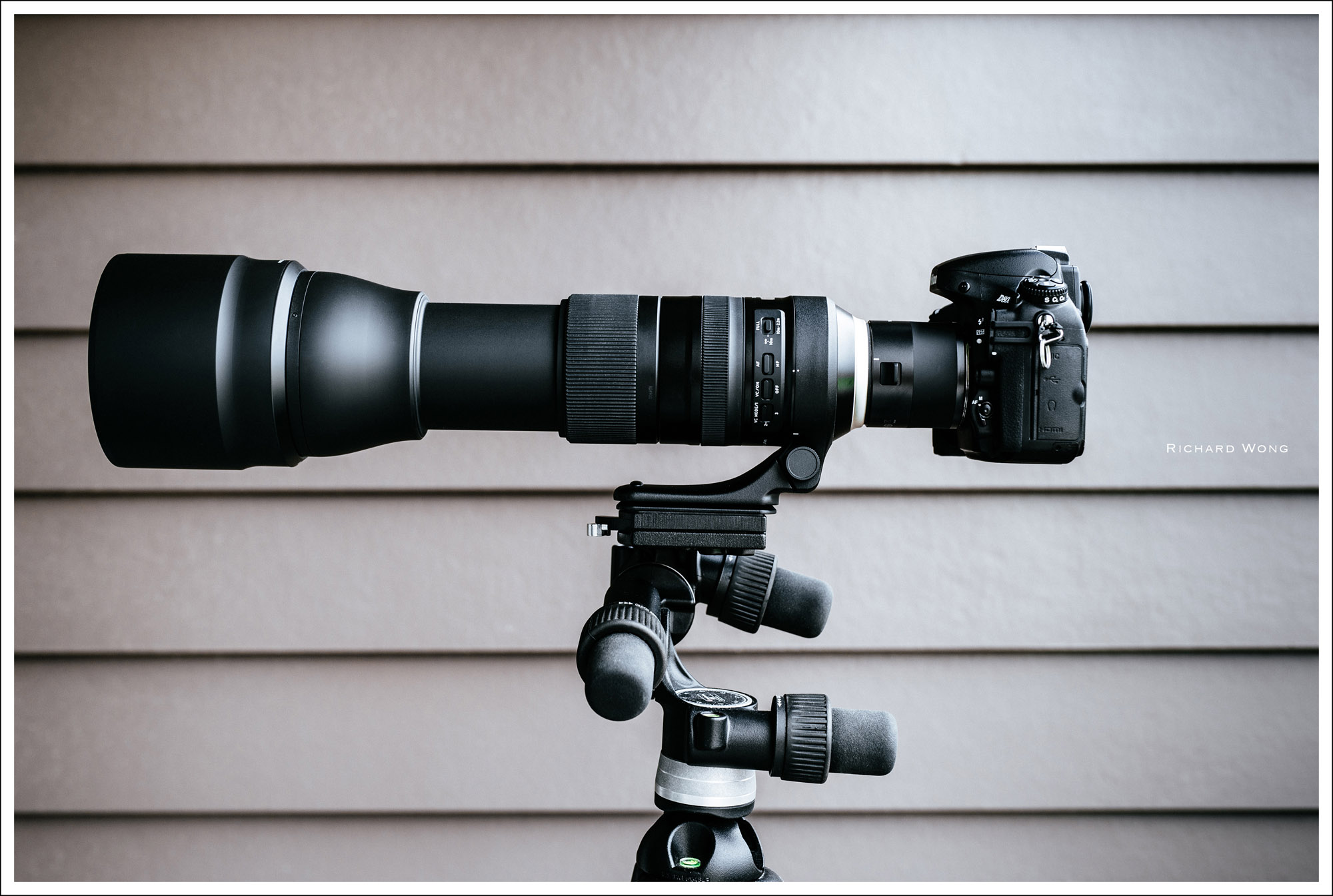 At 1200mm (with 2.0x teleconverter)
At 1200mm (with 2.0x teleconverter)
Another upgrade comes with the lens is the Flourine Coating. The front surface of the lens now has Fluorine Coating which makes it hard for water, oil..etc to stick on it. And the Flourine Coating also makes it easier to clean the front element. It’s definitely great feature for wild life photographers as a good quality 95mm filter that protects the front element isn’t cheap at all.
I am lucky enough to have played with most of the super telephoto lenses that was released in the last 2-3 years. Frankly, they all have their pros and cons but none of them is bad so it’s really good that we have so many different lenses to choose from.
The previous Tamron 150-600 (A011) was one of the cheapest super telephoto zoom lens in the market. While the picture quality is good, it’s missing a few features and there are a few areas it’s not doing as well as its competitors. But this is completely understandable consider it’s low price.
Now with the new Tamron 150-600 G2 (A022). Tamron has improved the lens in pretty much every single area. New optical formula to improve picture quality, better autofocus performance, better VC, Fluorine Coating, better tripod collar, closer minimum object distance, Flex Zoom Lock..etc.The price has gone up a bit as well but the Tamron 150-600 G2 is really an impressive lens that is comparable to any super telephoto zoom lens in the market.
The two optional teleconverters are also great reasons for photographer to choose the Tamron over it’s competitors. Don’t we all want to have just a little bit more zoom when shooting animals in the wild.
Reviewer: Richard Wong
Richard is a multi-award winning wedding/portrait photographer based in Auckland, New Zealand. Richard’s website is www.photobyrichard.com
If you like my review, please follow me on Facebook 🙂
https://www.facebook.com/ReviewByRichard
All photos and text Copyright© 2017 www.photobyrichard.com. All photos and text may not be copied or reproduced in any format without obtaining written permissions
Sample Photos
All samples were shoot in RAW and converted to JPG using Adoble Lightroom CC 2015.5. Edited to taste but no vignetting, CA, distortion correction or noise reduction applied.
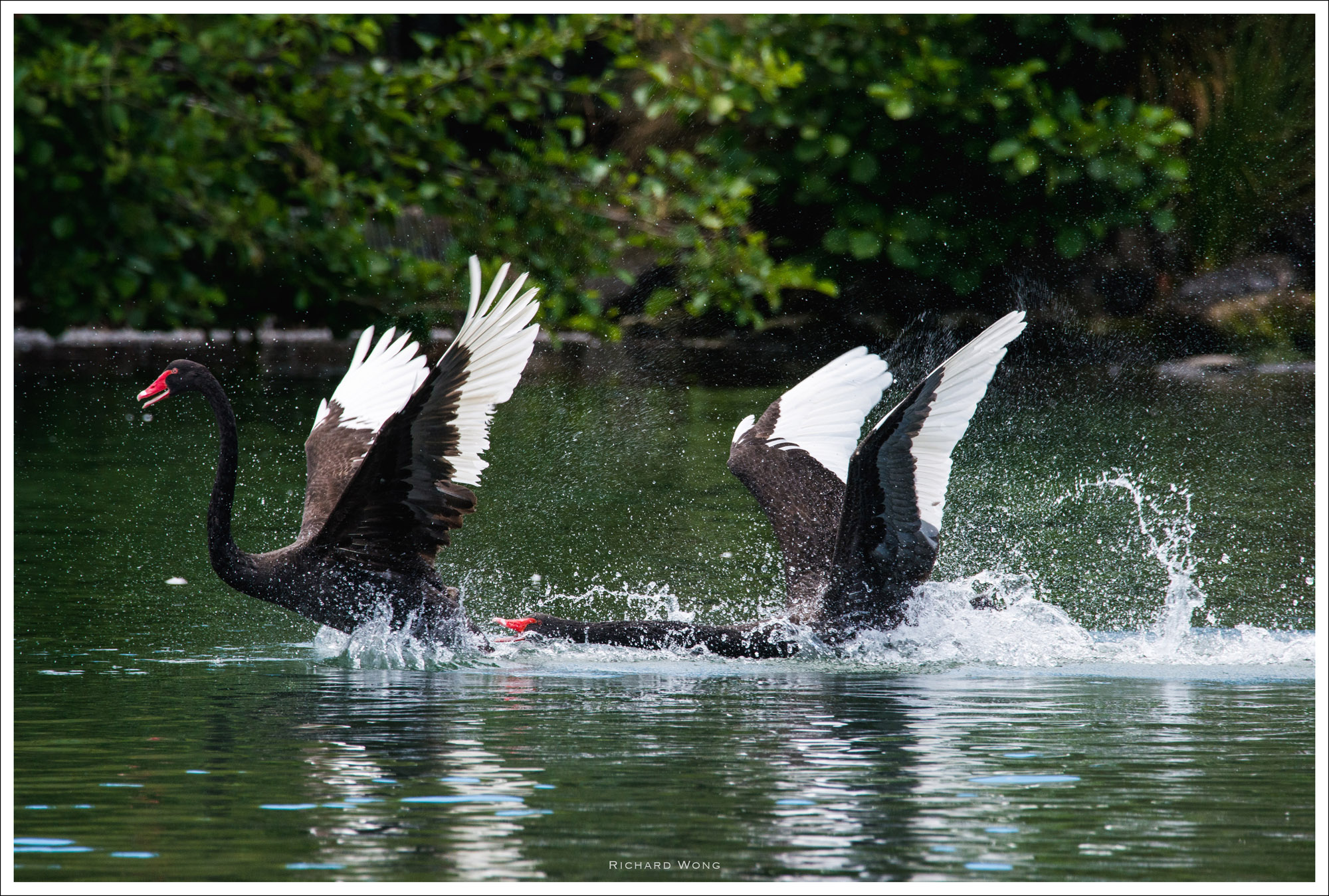 Nikon D800 | Tamron SP 150-600 G2 with 1.4x TC @ 650mm | ISO 1250 f/10 1/1000s
Nikon D800 | Tamron SP 150-600 G2 with 1.4x TC @ 650mm | ISO 1250 f/10 1/1000s
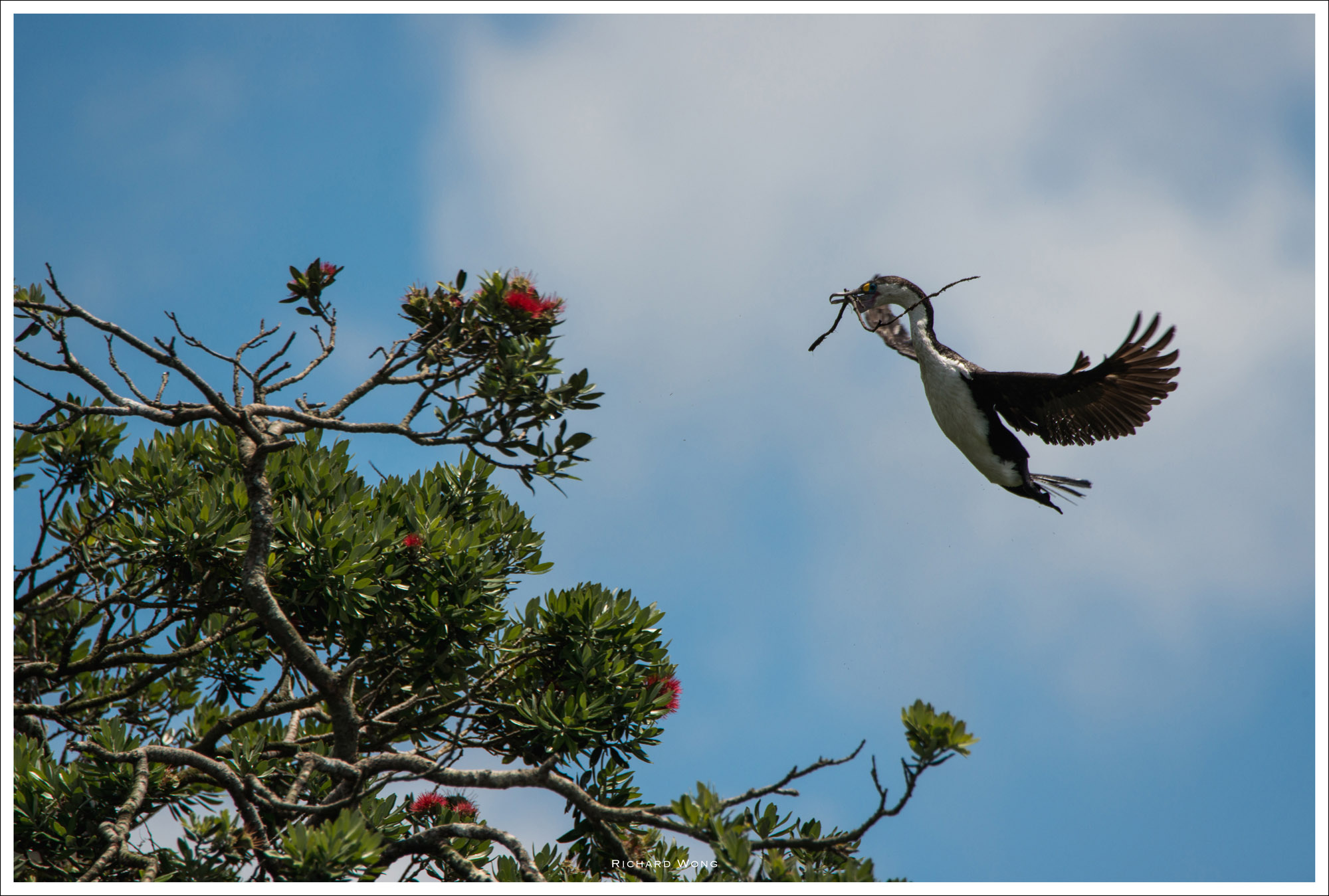 Nikon D800 | Tamron SP 150-600 G2 with 1.4x TC @ 850mm | ISO 320 f/10 1/1250s
Nikon D800 | Tamron SP 150-600 G2 with 1.4x TC @ 850mm | ISO 320 f/10 1/1250s
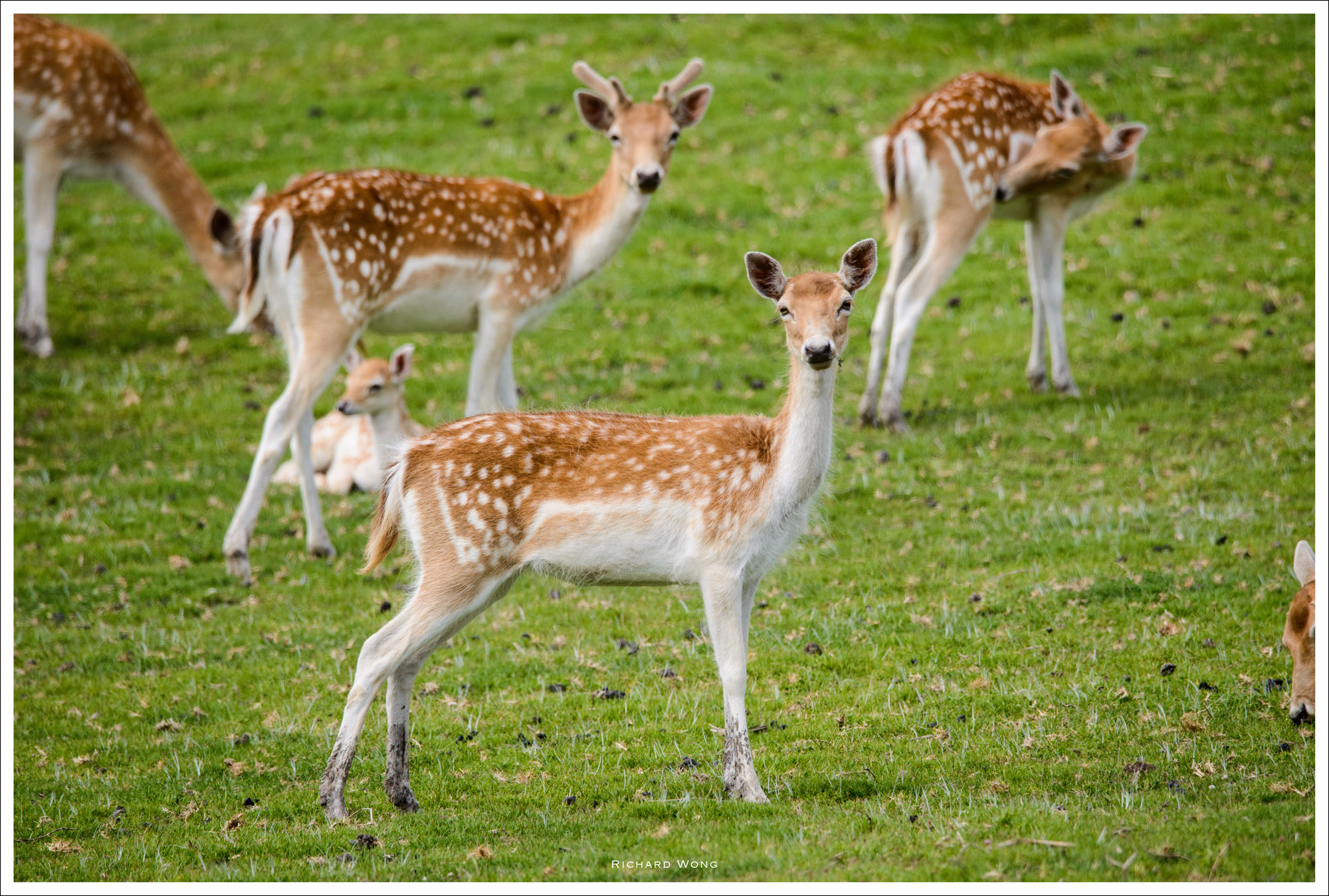 Nikon D800 | Tamron SP 150-600 G2 @ 550mm | ISO 450 f/8 1/800s
Nikon D800 | Tamron SP 150-600 G2 @ 550mm | ISO 450 f/8 1/800s
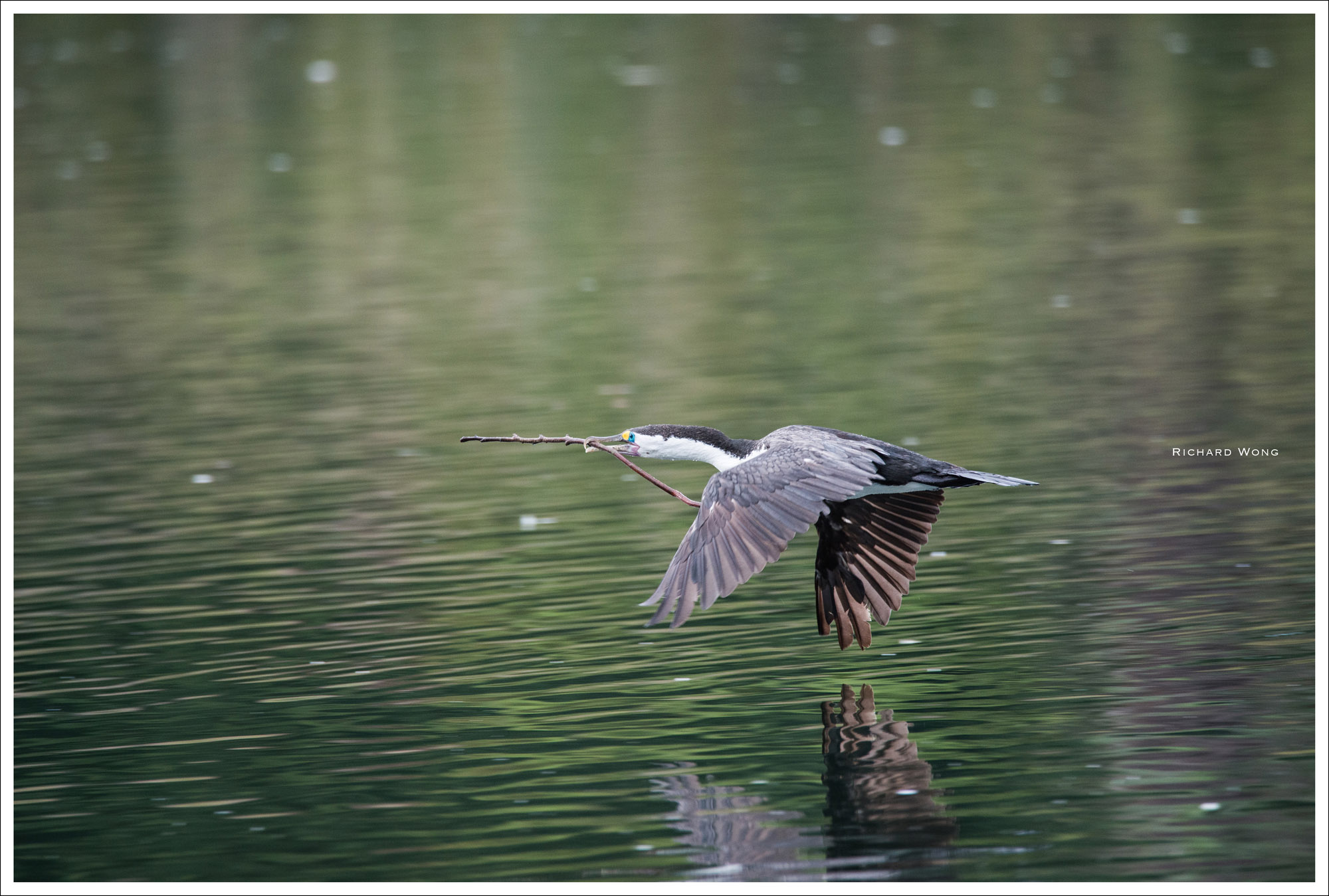 Nikon D800 | Tamron SP 150-600 G2 with 1.4x TC @ 700mm | ISO 1800 f/9 1/640s
Nikon D800 | Tamron SP 150-600 G2 with 1.4x TC @ 700mm | ISO 1800 f/9 1/640s
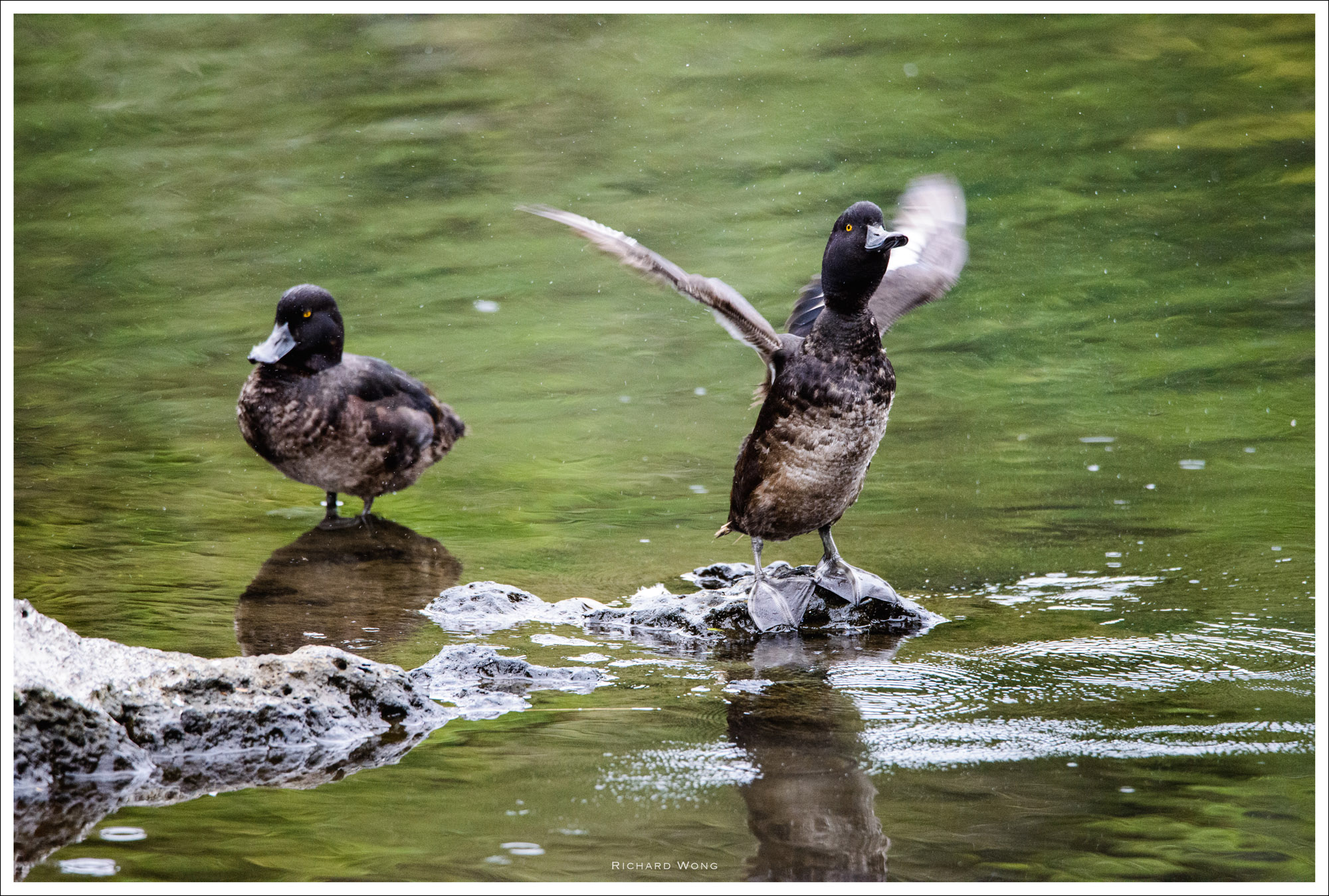 Nikon D800 | Tamron SP 150-600 G2 @ 600mm | ISO 7184 f/6.3 1/640s
Nikon D800 | Tamron SP 150-600 G2 @ 600mm | ISO 7184 f/6.3 1/640s
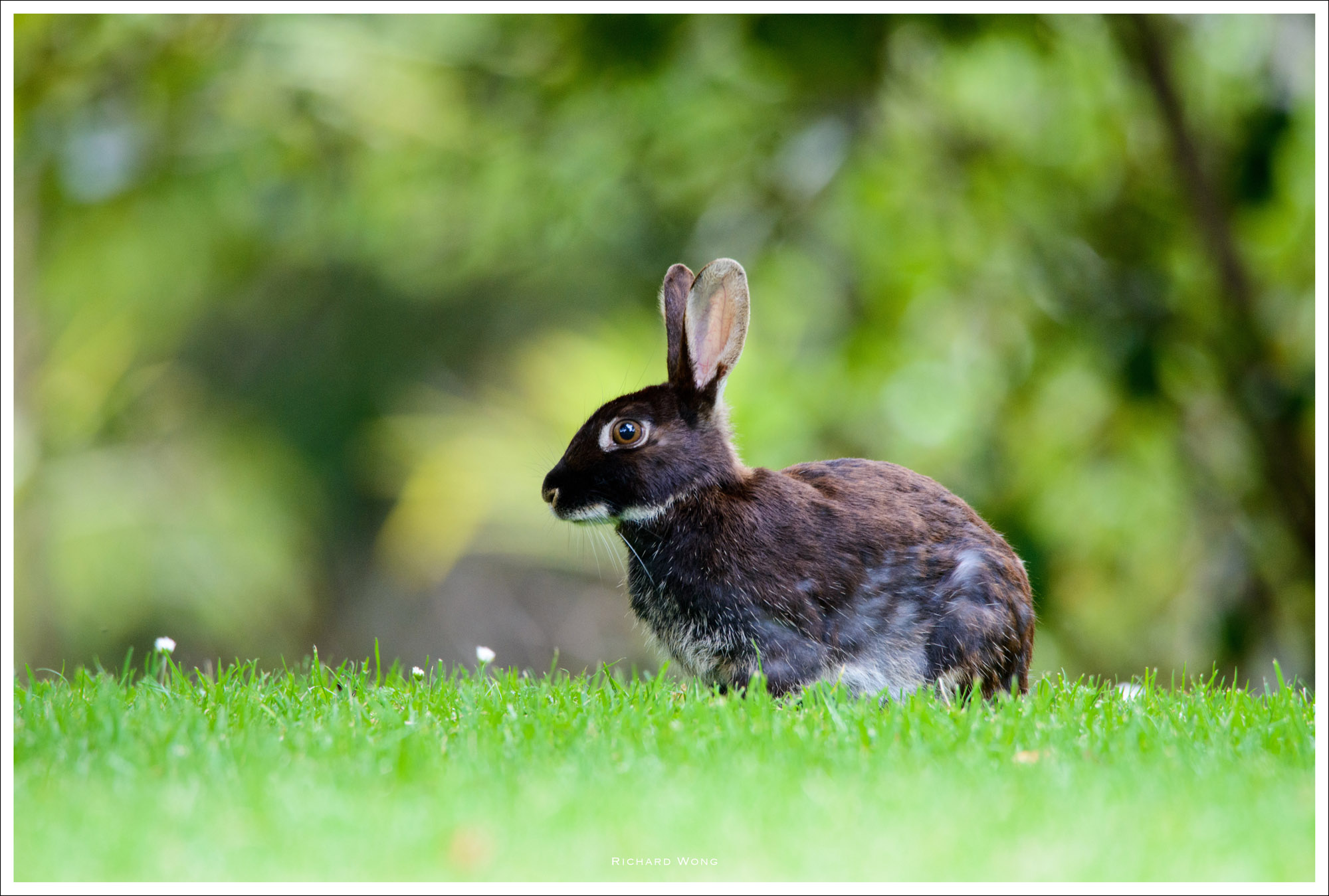 Nikon D800 | Tamron SP 150-600 G2 with 1.4x TC @ 850mm | ISO 2500 f/9 1/125s
Nikon D800 | Tamron SP 150-600 G2 with 1.4x TC @ 850mm | ISO 2500 f/9 1/125s
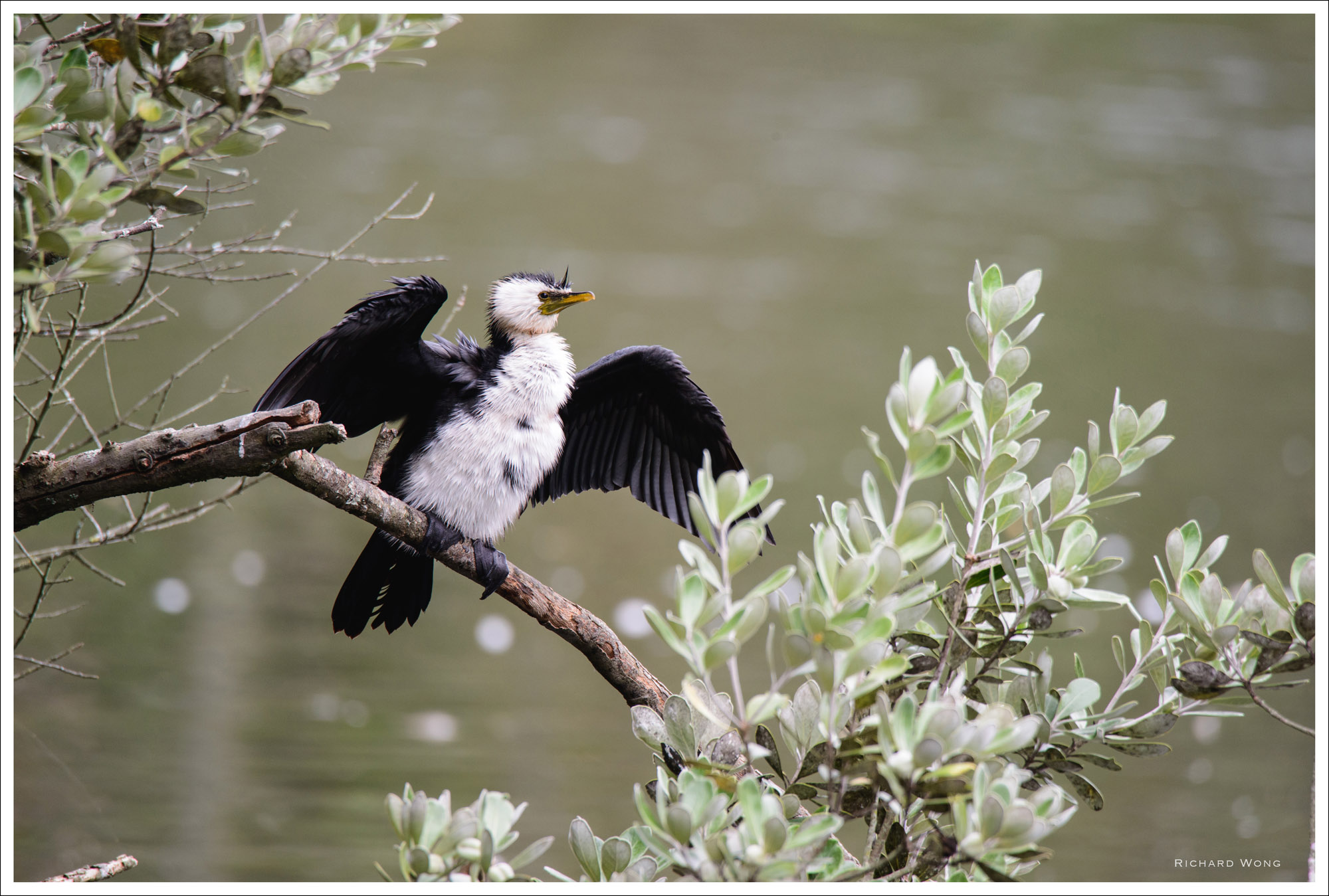 Nikon D800 | Tamron SP 150-600 G2 with 1.4x TC @ 850mm | ISO 1000 f/9 1/125s
Nikon D800 | Tamron SP 150-600 G2 with 1.4x TC @ 850mm | ISO 1000 f/9 1/125s
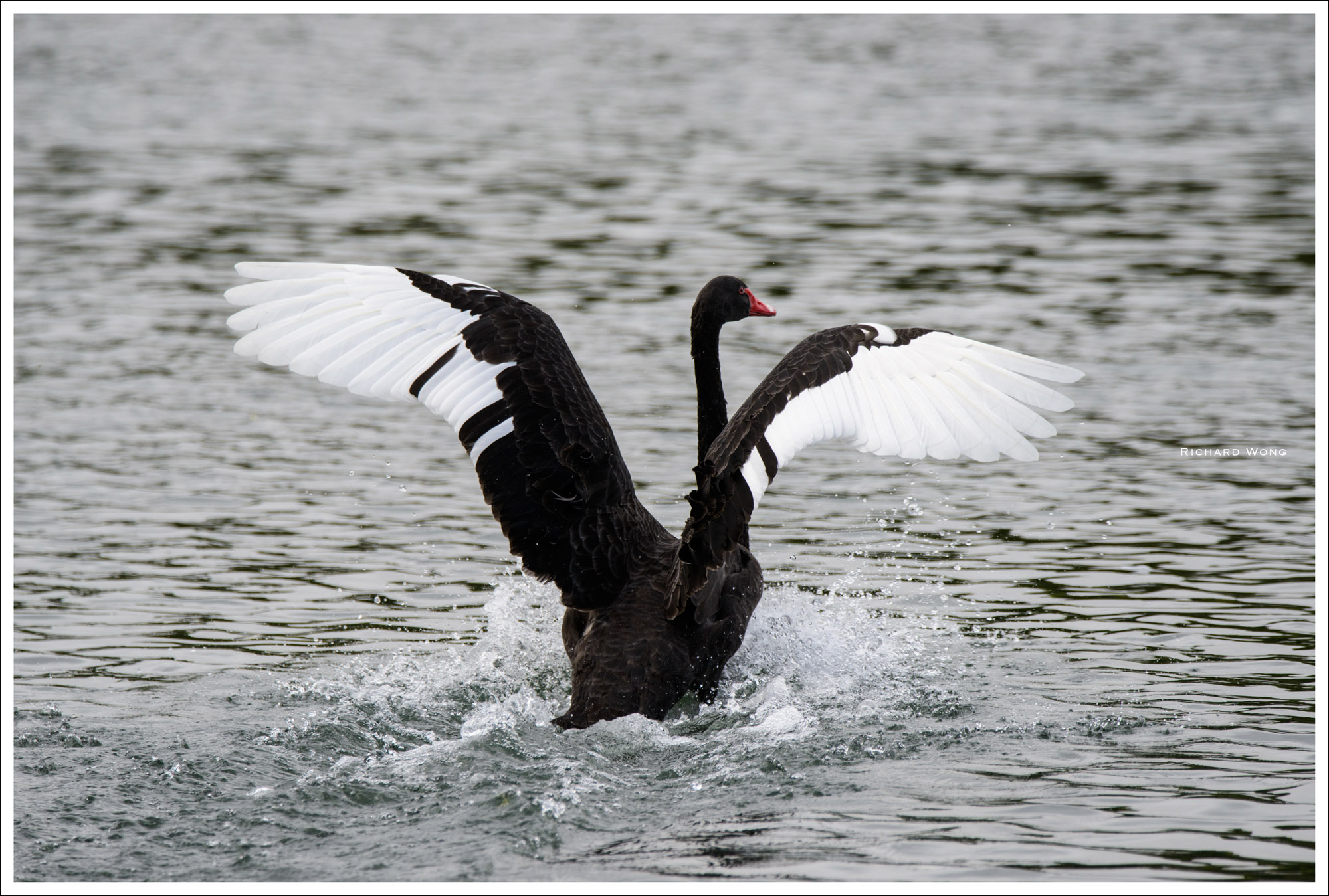 Nikon D800 | Tamron SP 150-600 G2 with 1.4x TC @ 480mm | ISO 450 f/8.5 1/640s
Nikon D800 | Tamron SP 150-600 G2 with 1.4x TC @ 480mm | ISO 450 f/8.5 1/640s
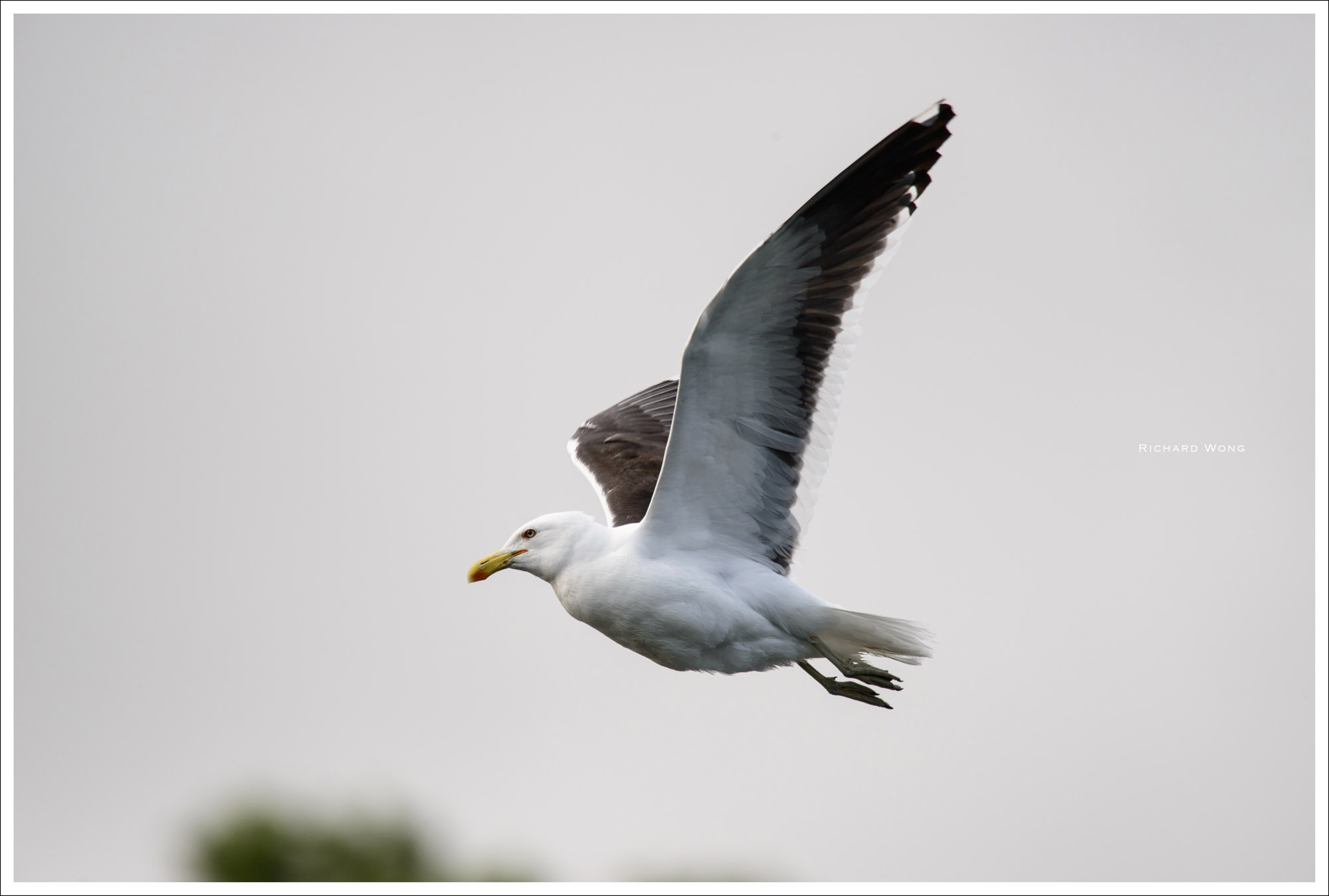 Nikon D800 | Tamron SP 150-600 G2 with 1.4x TC @ 850mm | ISO 280 f/9 1/640s
Nikon D800 | Tamron SP 150-600 G2 with 1.4x TC @ 850mm | ISO 280 f/9 1/640s
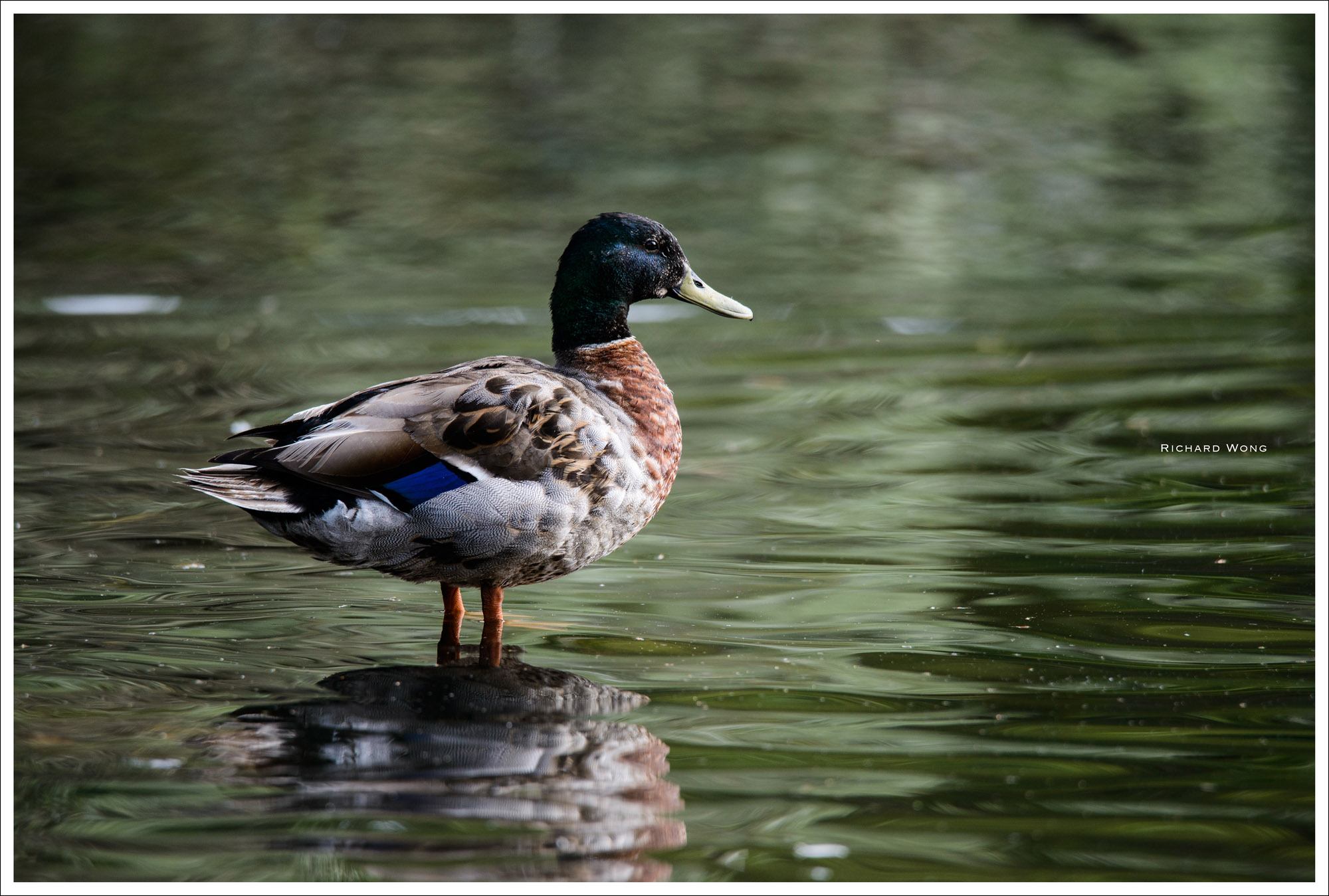 Nikon D800 | Tamron SP 150-600 G2 @ 600mm | ISO 720 f/6.3 1/640s
Nikon D800 | Tamron SP 150-600 G2 @ 600mm | ISO 720 f/6.3 1/640s
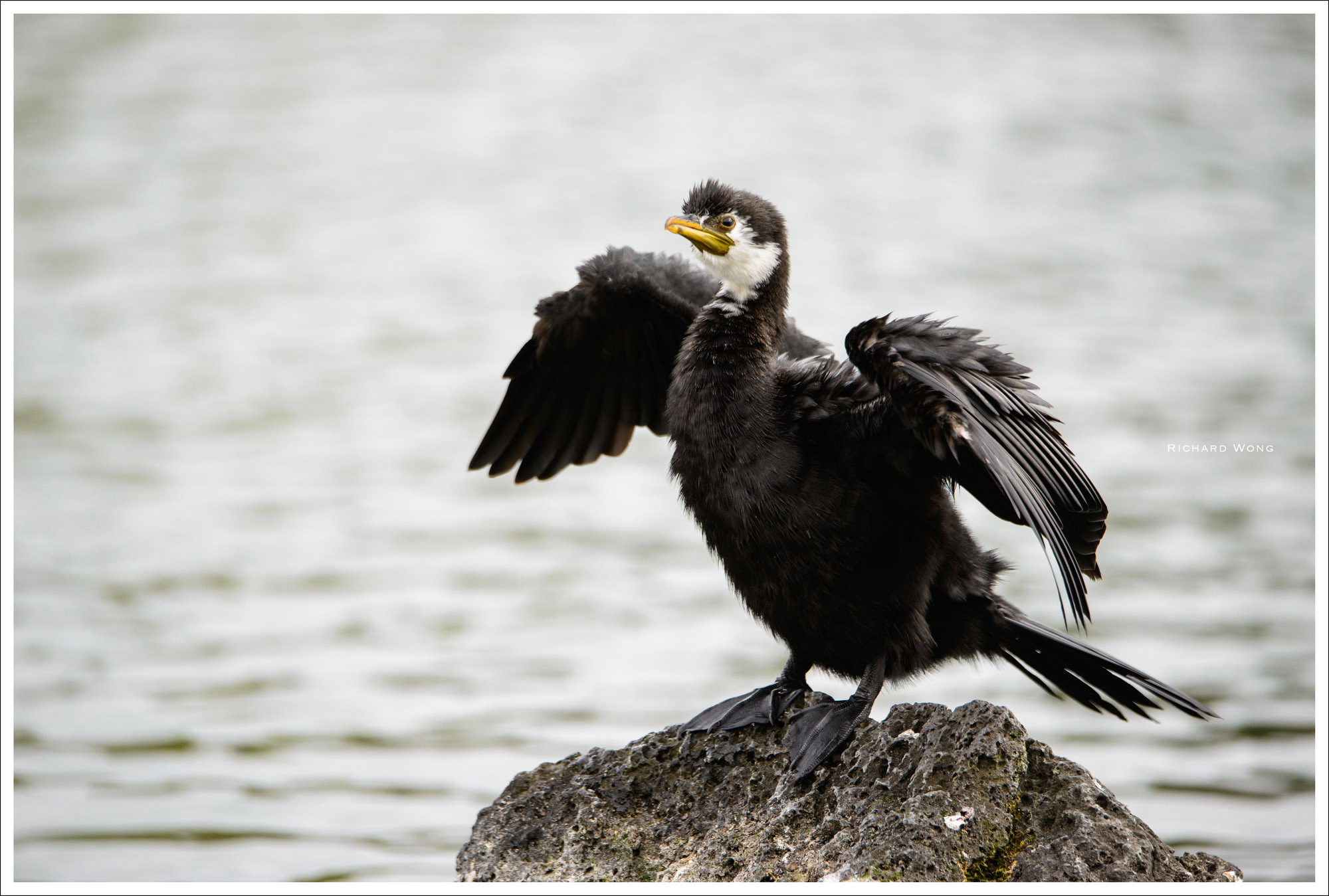 Nikon D800 | Tamron SP 150-600 G2 @ 460mm | ISO 800 f/6.3 1/800s
Nikon D800 | Tamron SP 150-600 G2 @ 460mm | ISO 800 f/6.3 1/800s

